Fujifilm GFX at X Summit 2021: GFX 50S II, GF 35-70mm f/4.5-5.6 WR and new GF roadmap unveiled
posted Thursday, September 2, 2021 at 10:00 AM EDT
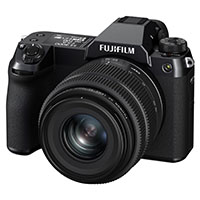
At today's X Summit, Fujifilm has made a lot of new announcements. On the X Series side, there are new XF 23mm f/1.4 R WR LM and XF 33mm f/1.4 R WR LM lenses, plus some minor updates to the X-T3 and X-T30 lines. This article is focused instead on updates to Fujifilm's medium-format GFX system. There's some big news for GFX fans, including a new GFX 50S II camera, a new GF 35-70mm f/4.5-5.6 WR zoom lens and a revised lens roadmap for the system looking ahead to 2022 and beyond.
Fujifilm GFX 50S II
The GFX 50S II combines the image sensor of the original GFX 50S with the body design of the GFX 100S, resulting in a new camera with 51.4 megapixels and in-body image stabilization. You can read all about the GFX 50S II in our preview, but let's take a quick look at the highlights.
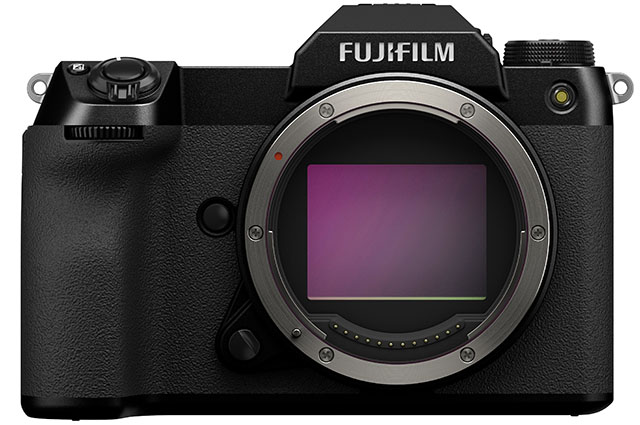
You can expect identical imaging performance from the GFX 50S II as its predecessor. The 51.4-megapixel large-format image sensor is about 1.7x larger than a full-frame sensor. In our GFX 50S review, we lauded the camera for its outstanding image quality. While 2017 was quite a while ago, the image sensor remains very impressive when it comes to still image quality.
Where the GFX 50S came up a bit short was with respect to autofocus speed. By overclocking the same quad-core X-Processor 4, the GFX 50S II promised improved autofocus performance by virtue of better focusing speed, improved low-light AF, better tracking performance and improved face/eye-detect AF. Other performance remains the same. The camera still shoots at 3 frames per second, for example.
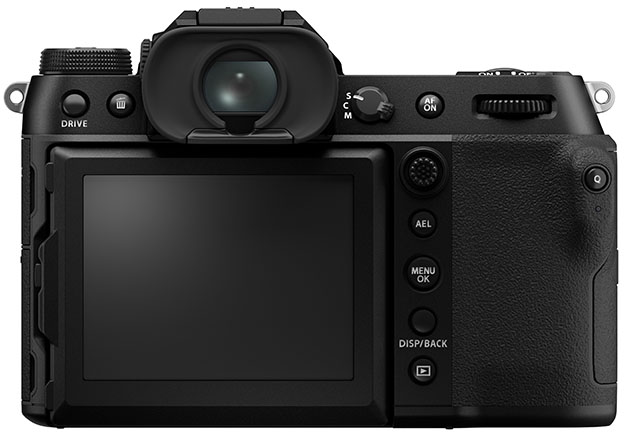
Another area where performance is the same is concerning video. The GFX 50S II, like the original GFX 50S and GFX 50R cameras, can only record Full HD (1920 x 1080) video at up to 30 frames per second. It was pretty lackluster in 2017 and is arguably downright old-school in 2021.
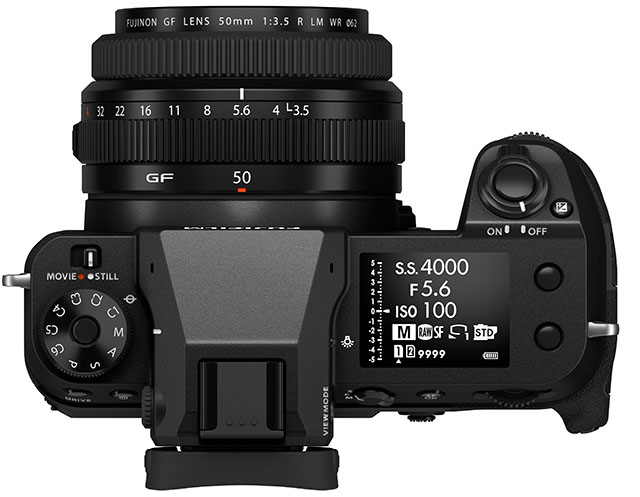
By moving the GFX 50S's imaging pipeline into a GFX 100S camera body, the GFX 50S II now includes in-body image stabilization. This is a big deal and makes the camera much more usable when shooting handheld. The IBIS system promises up to 6.5 stops of shake reduction and means that the GFX 50S II can capture 205MP images using its Multi-Shot Pixel Shift shooting mode.
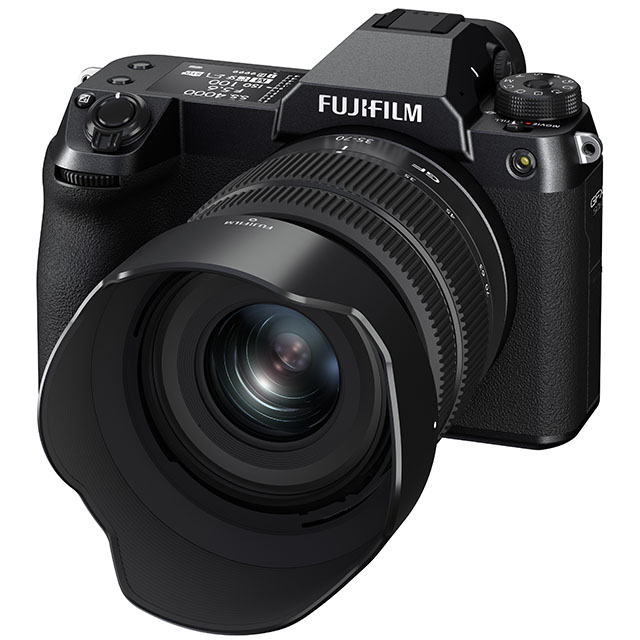
The camera body is not the only thing that's shrunken down with the GFX 50S II. The price tag has as well. The camera costs $3,999 body-only, a full $1,500 less than the GFX 50S currently retails for and $2,500 less than its launch price. Speaking of the GFX 50S, while it's not officially discontinued yet, don't be surprised if you don't see new ones rolling into stores anytime soon. The GFX 50S II will also be the first GFX camera to have an official kit, as it's also being bundled with the new GF 35-70mm lens for $4,499. Both the body-only and kit options will be available starting September 23.
Fujinon GF 35-70mm f/4.5-5.6 WR
Speaking of the new GF lens, it's a new compact zoom for the Fujifilm GFX system. The lens has a 35mm-equivalent focal length range of 28-55mm. The lens doesn't include linear motor focusing but its stepping motor promises silent and fast autofocus. While the GFX 50S II may not be well-suited to video work, the lens also promises minimal focus breathing.
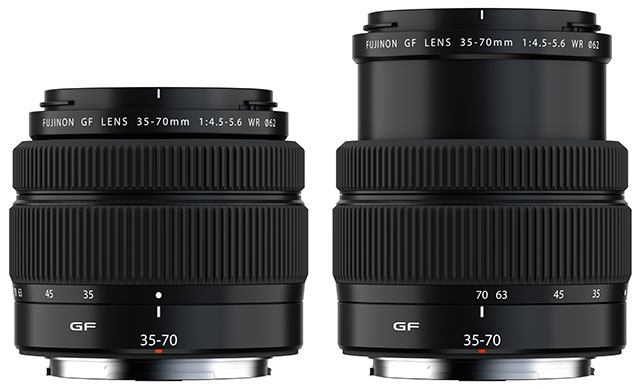
The lens weighs 390g (13.7 oz.) and is 73.9mm (2.9") long in its collapsed position. You do need to zoom in a bit to use the lens, which extends its length slightly to 76.4mm (3"). The lens includes weather sealing in nine locations. Fujifilm writes that the lens 'withstands rain.'
The GF 35-70mm can focus as close as 35cm (13.8") across the focal length range, resulting in a maximum magnification of 0.28x. The focus and zoom rings take up much of the lens's barrel, leaving no room for the customary aperture ring. The GF 35-70mm f/4.5-5.6 WR is the first GF lens not to include an aperture ring, denoted by 'R' in the model name of Fujifilm's lenses.
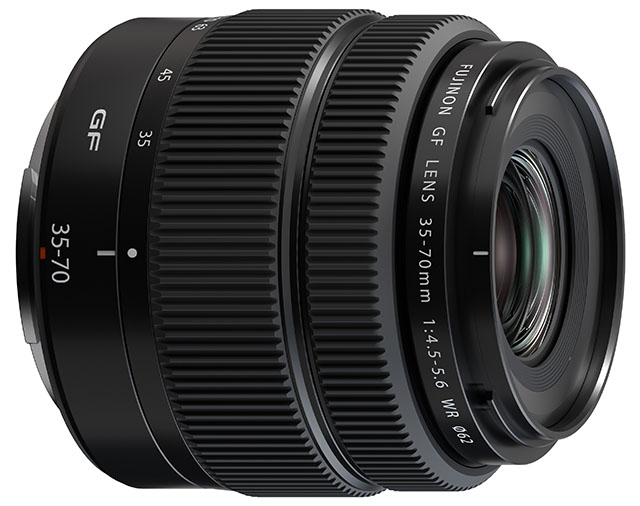
The lens includes 11 elements in 9 groups. Among these elements are two extra-low dispersion (ED) elements and a single aspherical element. Fujifilm promises high-resolution performance and good control over aspherical and chromatic aberrations.
Of the lens, Victor Ha, senior director of marketing and product development for Fujifilm North America Corporation's Electronic Imaging Division, said, 'GF 35-70mm is a new concept, portable zoom for the GFX system, combining excellent versatility with mobility and portability. Its rugged, yet lightweight design is combined with its incredible adaptability to make it an invaluable part of any photographer's gear.'
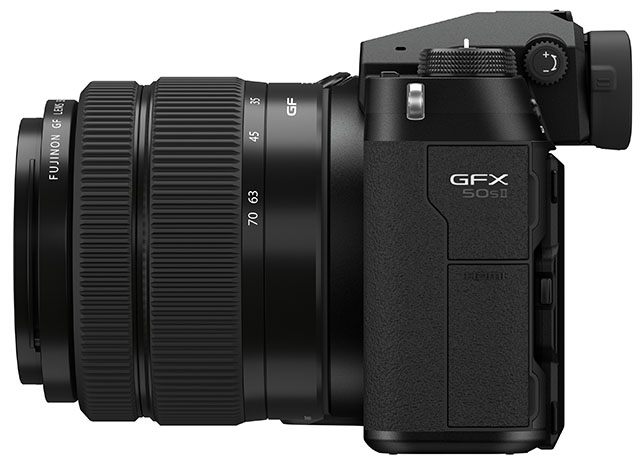
The Fuji GF 35-70mm f/4.5-5.6 WR lens will be available first in a kit with the GFX 50S II later this month. The lens will be available separately for $1,000 starting in late November.
Updated Fujinon GF lens roadmap
The GF 35-70mm f/4.5-5.6 WR will be Fujifilm's 13th GFX lens, not counting the GF 1.4x teleconverter. The 35-70mm will also be the last new GF lens released in 2021. Fujifilm has updated its GF lens roadmap, though, showing GFX shooters what they can expect in 2022 and 2023.
In 2022, a new ultra-wide-angle zoom will be hitting store shelves, the GF 20-35mm (aperture to be determined). The lens will be equivalent to a 16-28mm zoom, becoming the new widest lens in the system, supplanting the current GF 23mm f/4 R LM WR in that capacity. Of the new GF 20-35mm lens, Victor Ha said, 'When mounted on a large format GFX System camera, the wide-angle zoom lens can capture every subject detail from wide-angle to ultra-wide-angle with its incredible image-resolving power, inspiring new photographic creativity.' A prototype shown during Fujifilm's X Summit looks to be roughly around the size of the GF 32-64mm f/4 lens, meaning that Fujifilm hopes the new GF 20-35mm zoom lens will not be overly large.
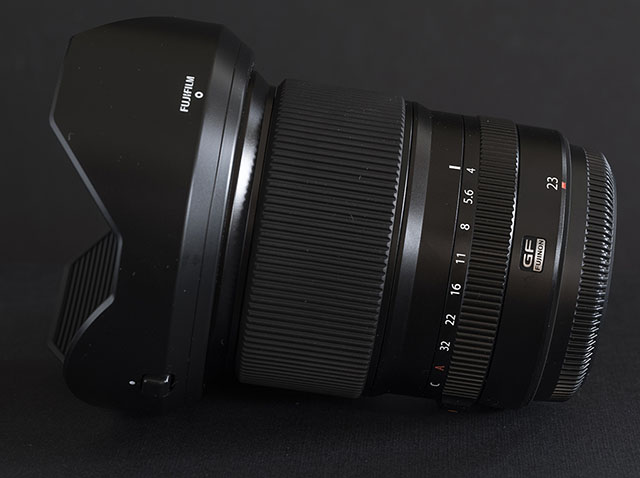
In 2023, two new lenses are due to arrive. We don't know the release order yet, but one of the lenses will be a GF 55mm f/1.7 prime lens, equivalent to 44mm in 35mm terms. This lens will join the GF 80mm f/1.7 R WR as f/1.7 primes in the GFX system.
The other new lens will be a tilt/shift lens. We don't have the precise focal length or aperture information about the lens, but it is showing up at the wider focal length end of the roadmap as of now. It's reasonable to expect it to be between 25mm and 40mm, but time will tell. That's only speculation. Fujifilm does state the lens will be well-suited to architectural photography. During the Summit, Fujifilm did show a prototype version of the lens, and it looks like it will be quite large, as is to be expected.
Fujifilm GFX 100 and GFX 100S firmware announced
During its presentation this morning, Fujifilm announced that the Fujifilm GFX 100 and GFX 100S cameras will be receiving a new firmware update in October, adding new video-oriented features. Fujifilm will be adding Blackmagic RAW support to the cameras, further supporting video creators using GFX 100 series cameras to create video with a 'large-format look.'
Fujifilm also announced that it's working on an adapter to use XLR audio accessories on GFX 100 series cameras. With the adapter, audio equipment with XLR input will record audio directly into the camera's video files. It's not immediately clear when the adapter will be available.